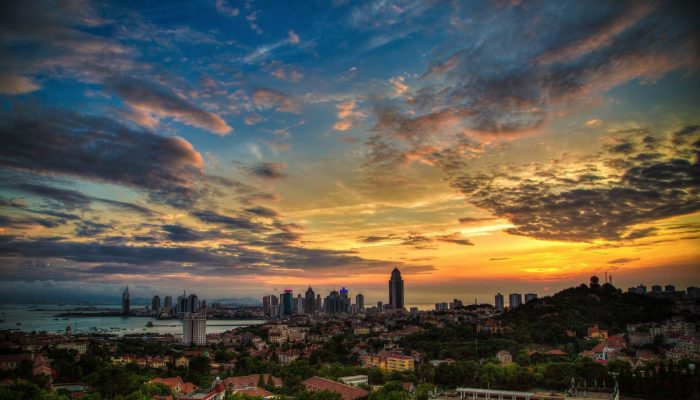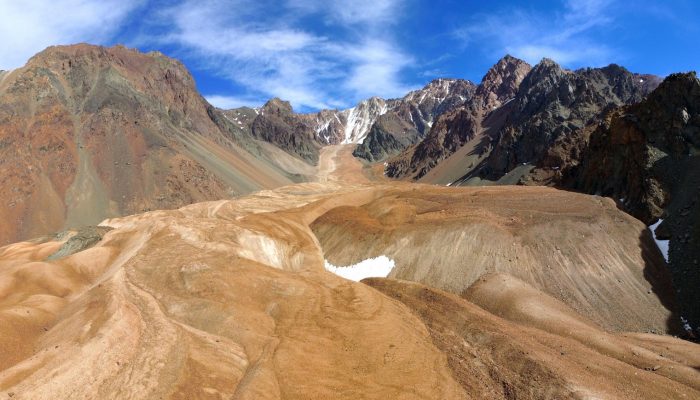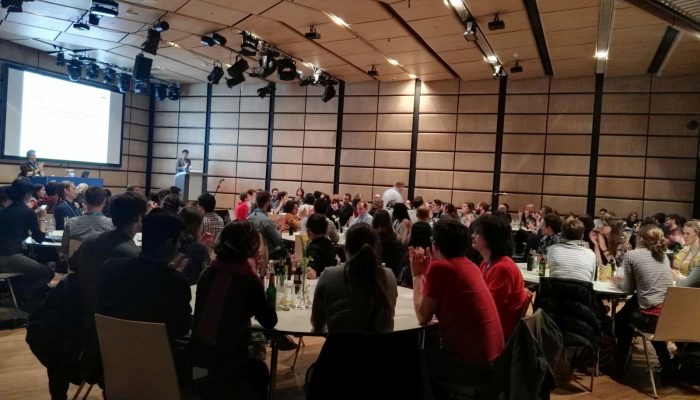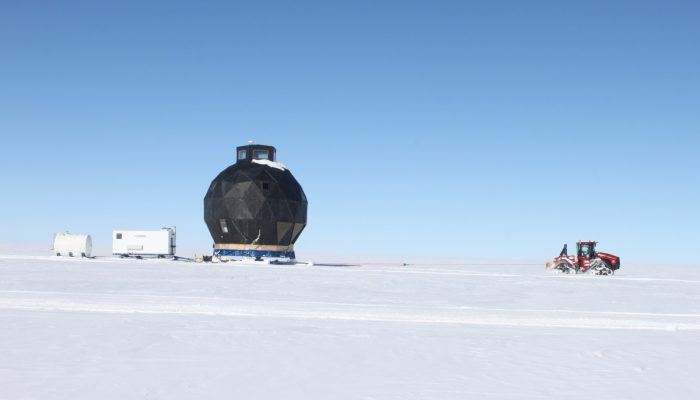The effects of climate change are being felt all over the world but towns and cities are feeling most hot-under-the collar, a new study finds. Cities are usually warmer than their surroundings due to the urban heat island effect where artificial surfaces absorb more heat than their natural counterparts. Coupled with the loss of the shady effects of trees, urban areas regularly record the hottest t ...[Read More]
Heat waves in cities getting worse under climate change




